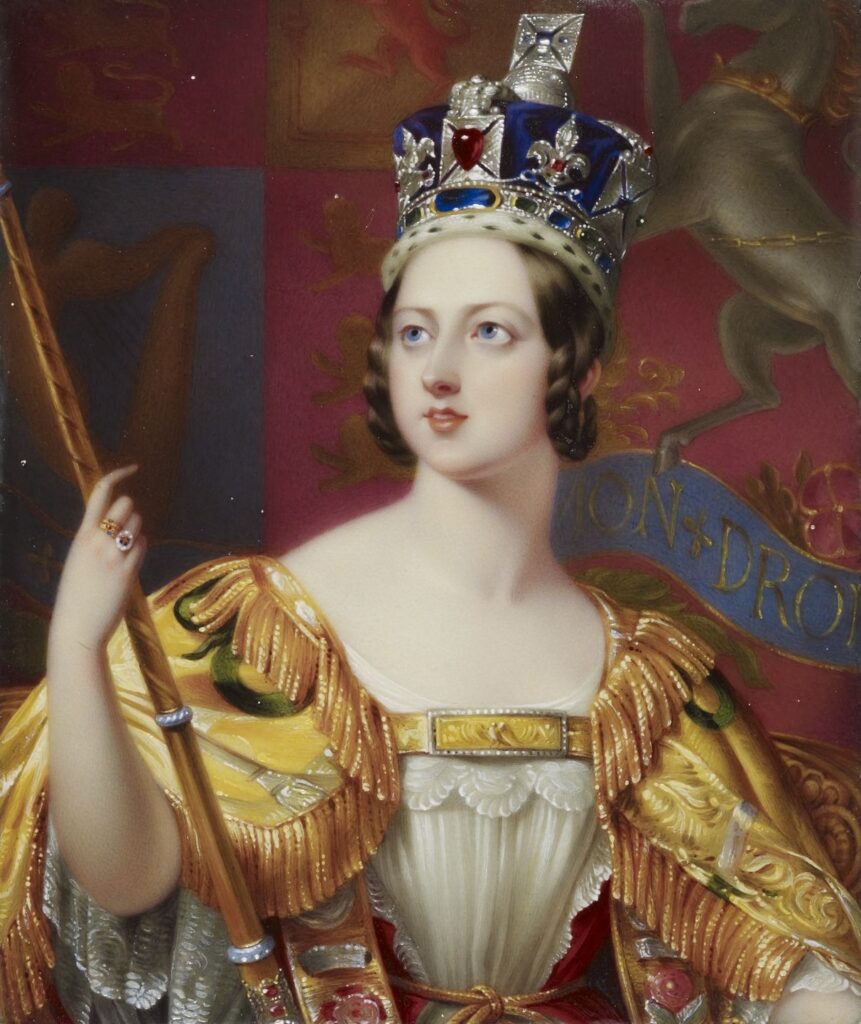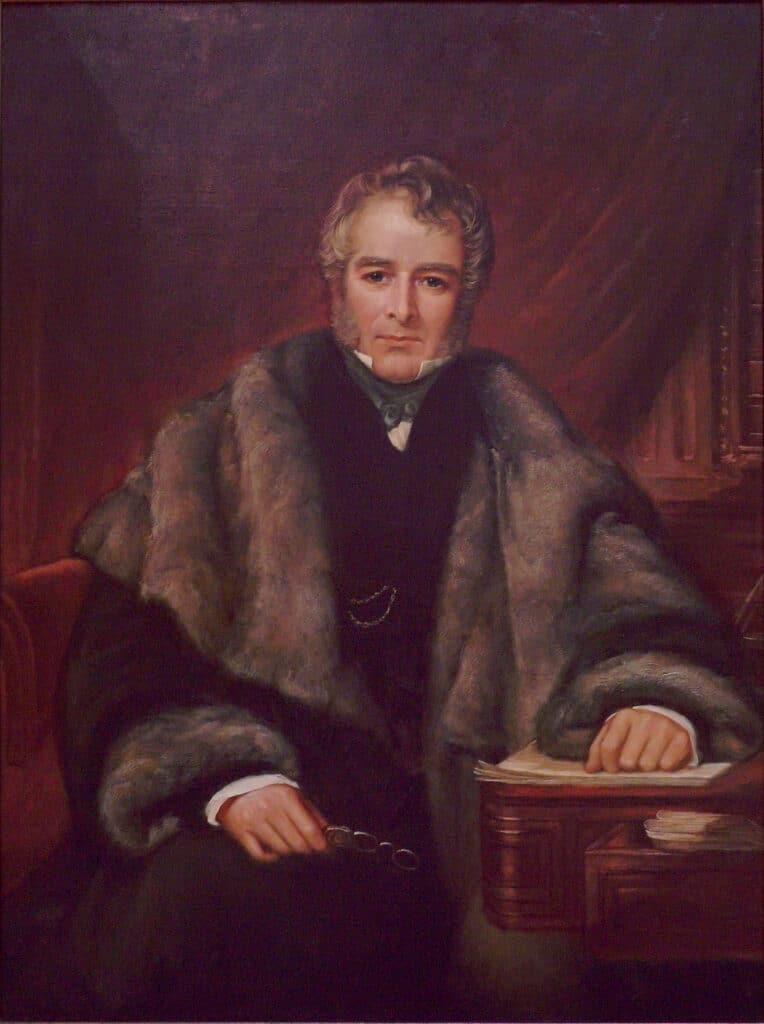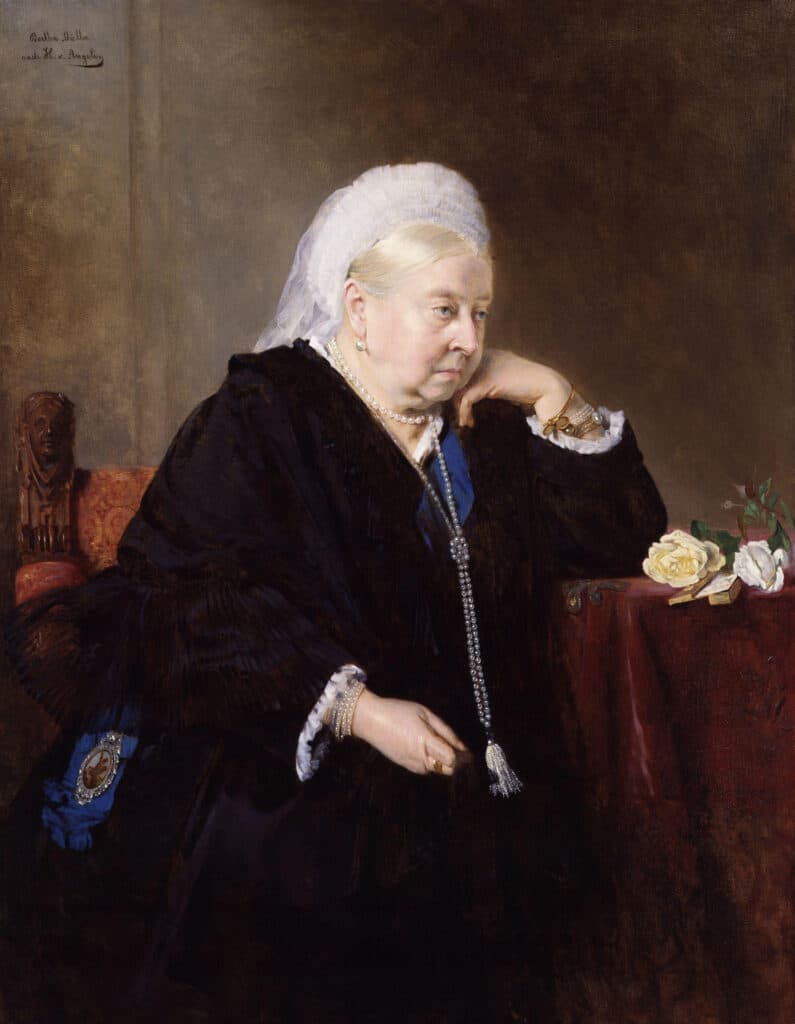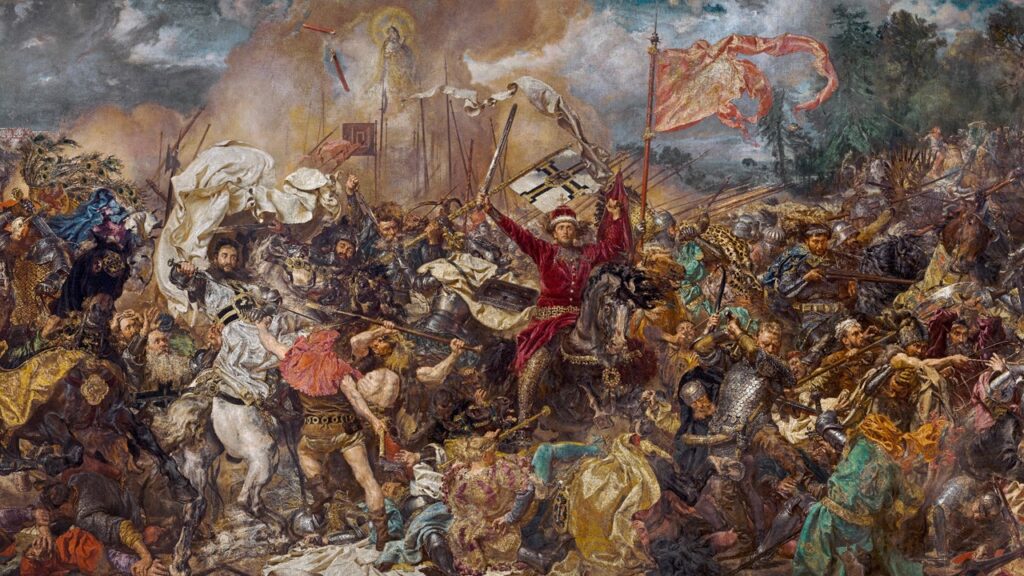This Week in History recalls memorable and decisive events and personalities of the past.
28th June 1838 – Coronation of Queen Victoria of the United Kingdom

An unlikely queen, at the time of her birth Victoria was 5th in line to the throne of the British Empire. However, through various quirks of circumstance, Victoria became heir to the throne when, in 1830, her uncle William IV became King of England. He had no legitimate children – though, notoriously enough, he did have a large number of illegitimate children who spent time in his court and caused great scandal.
Growing up under the domineering rule of her mother, Victoria would later describe her childhood as ‘melancholic’, as her mother’s tight control prevented her from doing what she wished or spending time with anyone of whom her mother did not approve.
As her uncle was elderly, the possibility of his dying before her 18th birthday was very real, a fact which prompted Parliament to pass the Regency Act of 1830, which, in the event of the King’s death, would make Victoria’s mother the regent until her daughter came of age.
This horrified William, who thought little of Victoria’s mother, even at one point declaring that he would make sure he did not die before Victoria’s 18th birthday in order to prevent a regency. Victoria turned 18 on 24 May 1837; within a month her uncle was dead at the age of 71. With this, Victoria became Queen of the United Kingdom, a fact she learned early on the morning of 20 June, still in her dressing gown, when the Archbishop of Canterbury arrived to inform her.

The Whig Party was in power at the time of Victoria’s accession to the throne, and Whig Prime Minister Lord Melbourne would come to have a major influence over Victoria’s early years on the throne. The two became close friends, with some contemporaries describing them as developing a father/daughter relationship.

Arrangements for her coronation began in 1838 with Lord Melbourne drawing up plans for an impressive but not extravagant ceremony which would be far more open to the wider public than previous coronations had been. The fair accompanying her coronation would include a fireworks display, and an ascent in a hot-air balloon, a novel prospect at the time.
Conservatives and radicals both objected to the plans for the coronation, the radicals seeing it as a pointless waste of money, and the Conservatives fearing that the attention paid to the procession through the streets of London and the accompanying festivities would detract from the dignity and majesty of the traditional crowning ceremony.
With major recent changes to the monarchy in 1832, this coronation would be attended not just by the Lords, as was previously the case, but also by the House of Commons as well as some commoners, and can be seen as a major step in the modernisation of the British monarchy.
The procession through London and the attendant festivities were considered a major success, with newly built railways bringing an estimated 400 000 people to the capital to take part in the event. The ceremony itself however was marred by mistakes and accidents. Very little time had been spent on rehearsal and so there were numerous mistakes and points of confusion among the participants as people awkwardly shuffled around, unsure of where to stand.
At one point, Lord Rolle – who was in his 80s – stumbled while ascending the steps on his way to give homage to the queen. Victoria quickly moved forward to the edge of the steps to save the Lord from having to climb them again.
Victoria would reign for 64 years until her death in 1901.

Her time on the throne is usually considered the golden age of the British Empire, and she ruled over some of the most important times in human history as the world jumped headfirst into the industrial revolution, transforming the way we would live forever.
1st July 1569 – Union of Lublin: The Kingdom of Poland and the Grand Duchy of Lithuania confirm a real union; the united country is called the Polish–Lithuanian Commonwealth

Poland and Lithuania are two nations that have a long-shared history, as adversaries, but more famously as the closest of allies.
Their time as allies began in the late 14th century, in the aftermath of the death, without an heir, of the Polish king. Both states were in a precarious situation; the Poles had recently lost land to the Hungarians, and were growing increasingly worried about the power of the Teutonic knights, a crusading order originally called on by the Poles to help them fight the pagan Baltic tribes, but now a powerful and menacing force on their northern border.
Lithuania, too, was in a risky position. They had so far managed to resist the attacks of the Teutonic order, which had for decades been engaged in a crusade against them, with a view to converting them to Christianity. Without allies, Lithuania would likely soon fall to the crusaders, and so Jogaila, Grand Duke of Lithuania, began to consider conversion and an alliance with the Poles.
After a long series of negotiations between the nobility of Poland and the Grand Duke, the Polish nobles agreed to elect the Grand Duke King of Poland, on the condition that he convert to Christianity and respect their privileges. And so, on 14 August 1385, a treaty called the Union of Krewo was signed, solidifying the alliance. Jogaila converted to Christianity and was crowned King of Poland in 1386.
This initial alliance was a personal union, which meant that Poland and Lithuania remained separate states, governed by their own laws with their own institutions, but sharing the same monarch. The Union of Krewo was updated and strengthened in 1401 when the Lithuanians and Poles signed the Pact of Vilnius and Radom.
This pact between the two nations was sealed in blood at the battle of Grunwald in 1410, (which you can read about in this edition of This Week in History) when Poland and Lithuania fought together to defeat the Teutonic knights in a climactic battle which decisively swung the balance of power against the crusading Teutons.

Over the 150 years following the Battle of Grunwald, the two nations remained close allies, being in either a personal or dynastic union for all of this period, and fought together against the numerous hostile nations which surrounded them.
By the mid-1500s, new tensions were arising between the nobility of the two nations; the Polish nobility, tired of spending large sums of money on Lithuania’s war with the Muscovites to the East, was demanding a closer union. The Lithuanian nobles were fearful of such a union, being anxious that if their rights were made the same as those of the Polish nobles they would shrink in power, as the Polish nobility were much more numerous. The King of Poland and Lithuania at the time, Sigismund II Augustus, believed that closer union was needed to repel their enemies, and so began pressuring the nobles to accept a closer alliance.
After years of fierce negotiation, the two sides came to an agreement, and at the beginning of July in 1569, outside the Polish town of Lublin, they signed a union establishing a federal state, with one king elected by the nobles of both nations, a commonwealth which established the Polish–Lithuanian Commonwealth or the Republic of Both Nations.

In the decades following this event, the Commonwealth would rise to become one of Europe’s wealthiest and most powerful states, famously leading the relief force which saved Vienna from the Ottoman Turks in 1683. The union would come to an end in 1795 when the Austrian, Russian and Prussian empires partitioned the Commonwealth between them.
If you like what you have just read, support the Daily Friend

